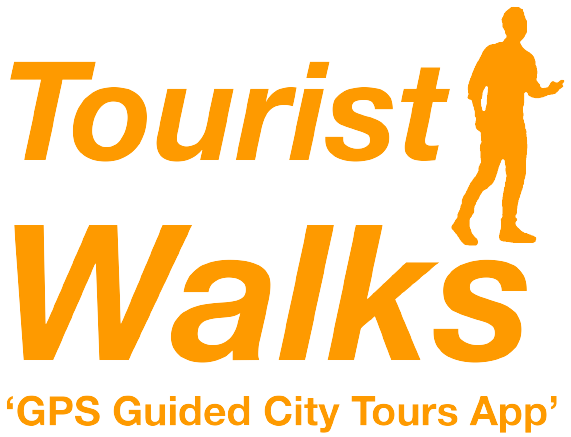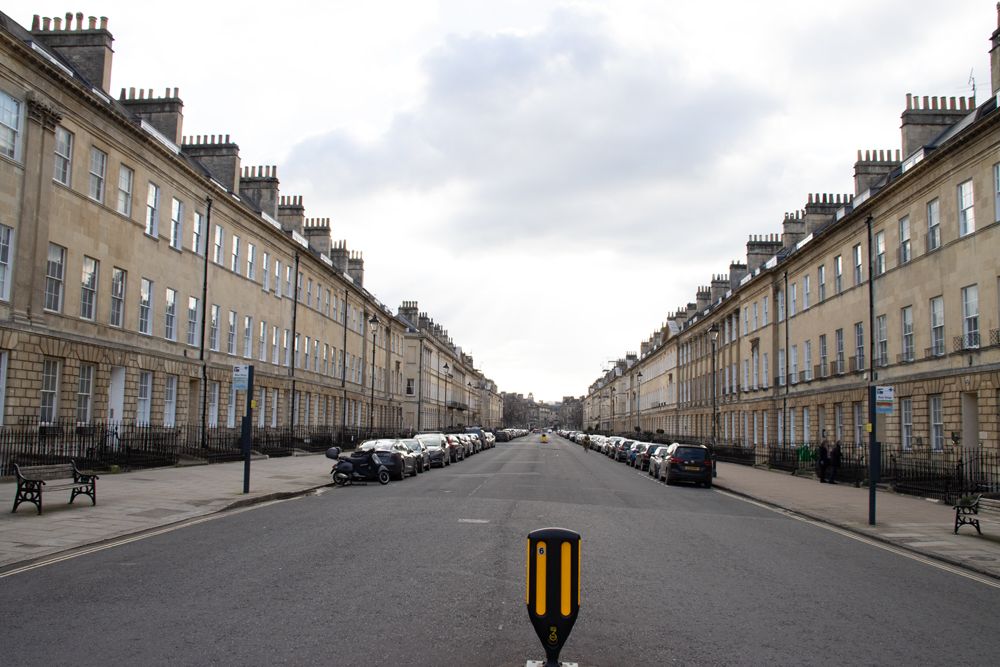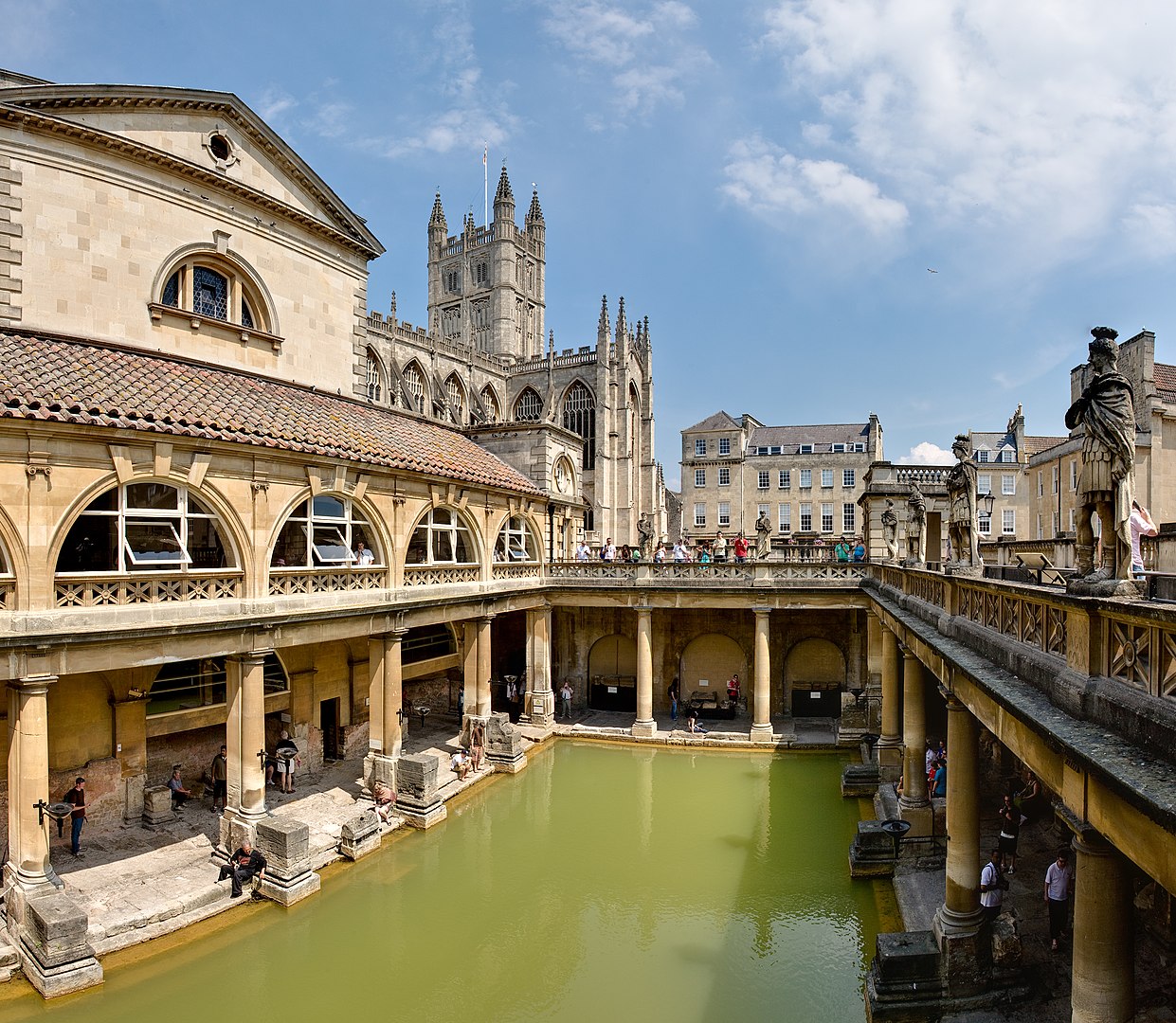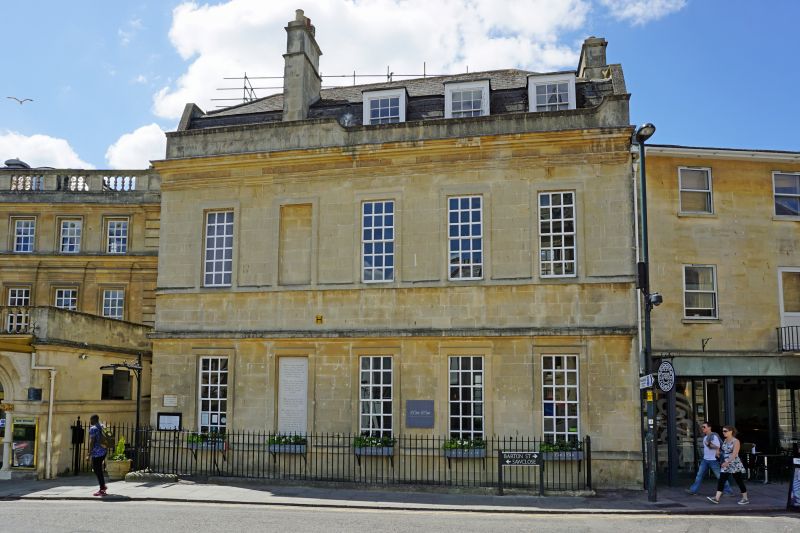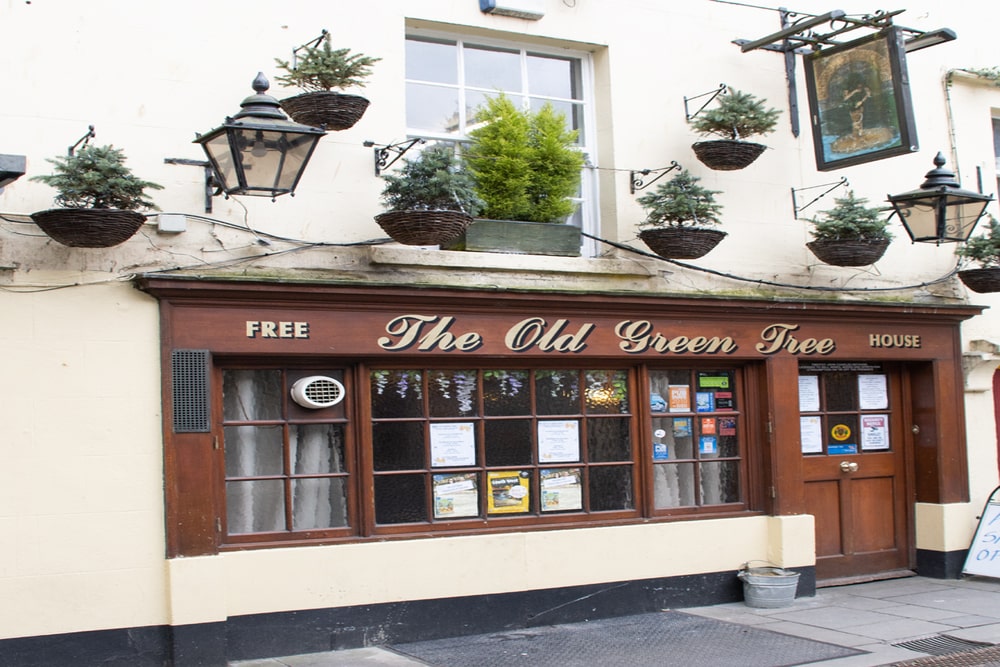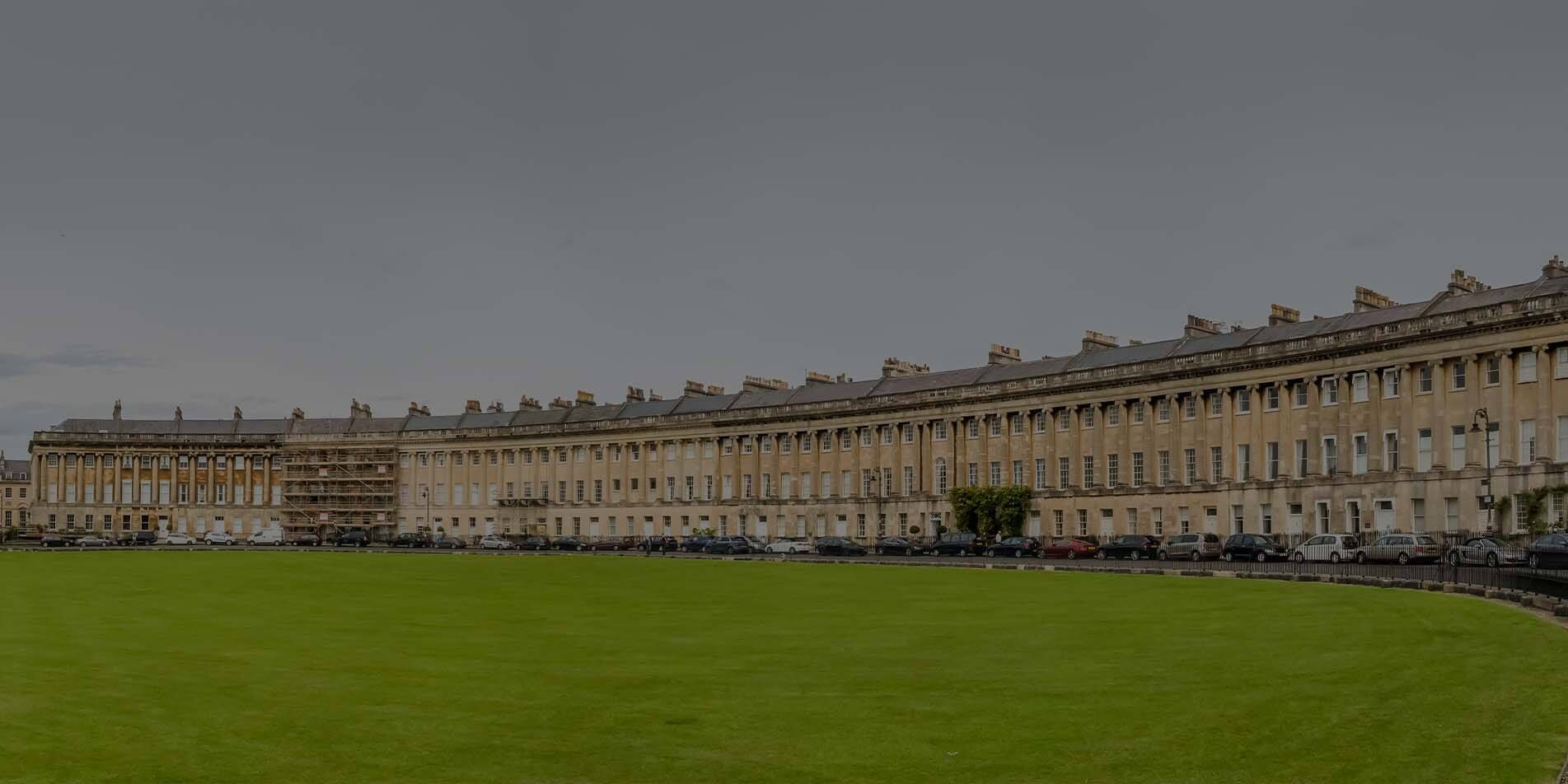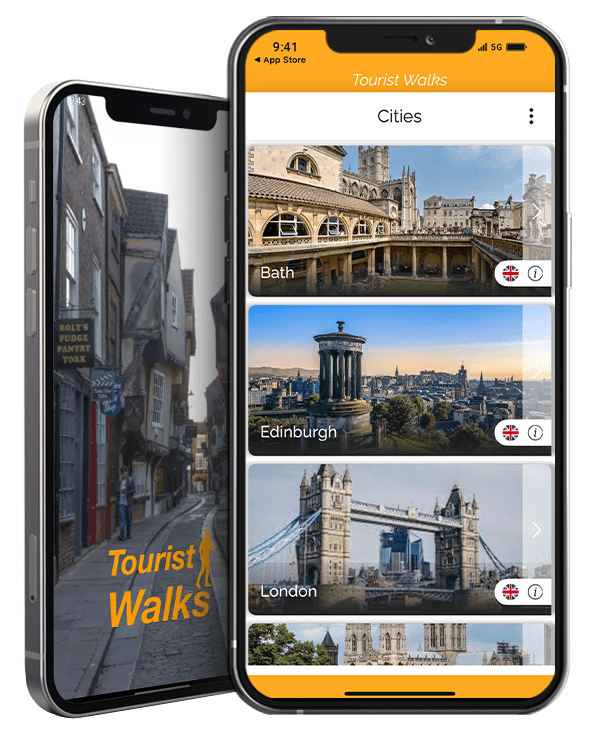
Jane Austen in Bath
Jane lived in Bath from 1801 to 1806. Two of her novels, Northanger Abbey and Persuasion, were set in this beautiful Georgian city. While the interiors will have been modernized since then, most exteriors and streets are exactly the same as they were in the 19th Century, so you will be seeing what she saw. You can see the residences Jane lived in, visit the Pump Rooms where her characters had tea, and visit the assembly rooms where Jane Austen took part in the Georgian social scene. We also visit the Jane Austen Centre where you can see a life-sized wax statue of Jane Austen.
Locations
Miles Covered
Users
Benefits
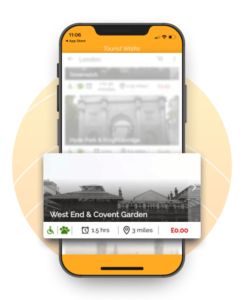
FREE App with A FREE WALK in Every City
Each walk delivers a unique and fascinating user experience. Through Tourist Walks’ self guided tour application you can explore the hidden gems created by local experts. For people wanting to explore the neighbourhood and experience the local culture, we provide a unique experience of exploring the city using GPS guided audio tours. We provide a free walk to our new users.
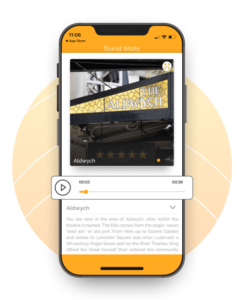
Full Audio Visual Commentary
Tourist Walks is an application that can give you the freedom to explore the famous walks at your own discretion. We have created a full audio-visual self-guided experience that gives you the confidence to explore and discover the stories of various cities on your own.
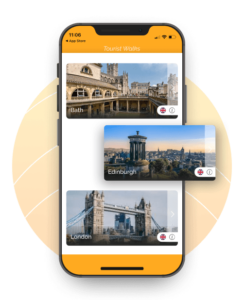
Visit the Best Tourist Sites & Explore Them
Get a list of all the tourist sites you can visit. The Tourist Walks application will guide you to your next destination because every journey starts with a single step.

GPS and Multilingual Audio and Text Guidance
Even if you don’t understand the local language of the city you are visiting, Don’t worry. Audio guided walks have multilingual text assistance that will guide you in your native language.
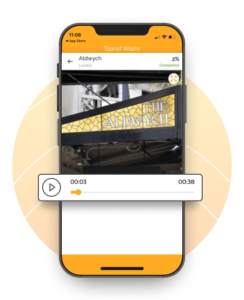
Start/Stop/Rewind
/Restart Go at Your Own Pace
Tourist Walks’ audios are narrated by professionals who will keep you entertained while you are walking your way to the next destination. We help you discover the city around you in a more impressive way.

Download the Walk App & Use Offline. No Mobile Data Required.
It is always frustrating when you wish to travel somewhere but your mobile phone service is out-of-order. Don’t worry! Tourist Walks comes with an offline version of built-in maps you might need, even without internet access.
- Free walk
- Full Audio Visual
- Tourist Sightseeing
- Multilingual Texts
- Easy Audio Access
- Offline App
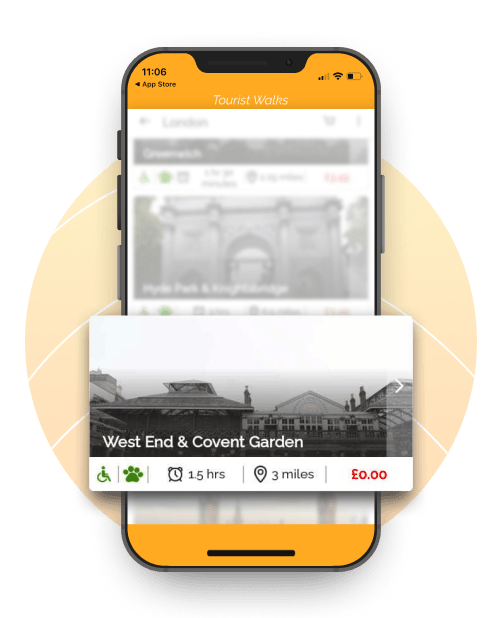
FREE App & Walk Summaries
Each walk delivers a unique and fascinating user experience. Through Tourist Walks’ self guided tour application you can explore the hidden gems created by local experts. For people wanting to explore the neighbourhood and experience the local culture, we provide a unique experience of exploring the city using GPS guided audio tours. The App is FREE, and all the walk summaries are FREE, each walk is individually priced and you can buy all the walks for a city at a discounted price.
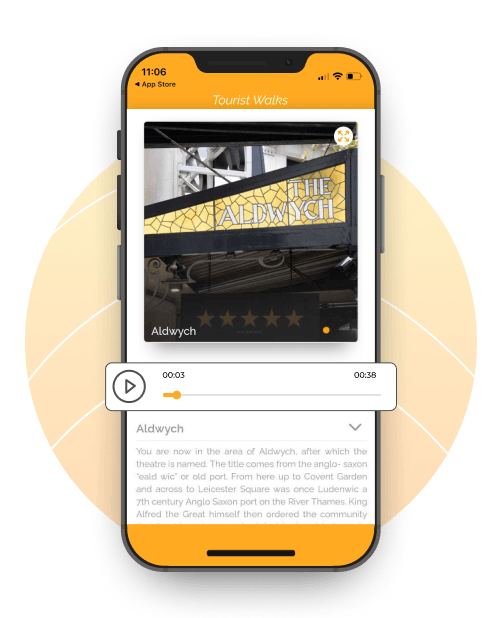
Full Audio Visual Commentary
Tourist Walks is an application that can give you the freedom to explore the famous walks at your own discretion. We have created a full audio-visual self-guided experience that gives you the confidence to explore and discover the stories of various cities on your own.
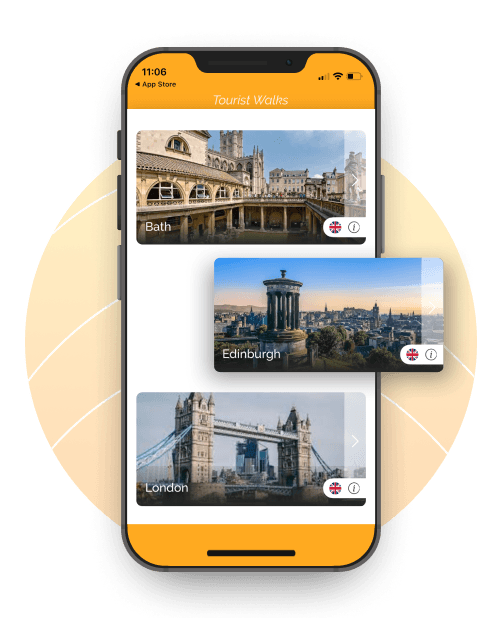
Visit the Best Tourist Sites & Explore Them
Get a list of all the tourist sites you can visit. The Tourist Walks application will guide you to your next destination because every journey starts with a single step.

GPS and Multilingual Audio and Text Guidance
Even if you don’t understand the local language of the city you are visiting, Don’t worry. Audio guided walks have multilingual text assistance that will guide you in your native language.
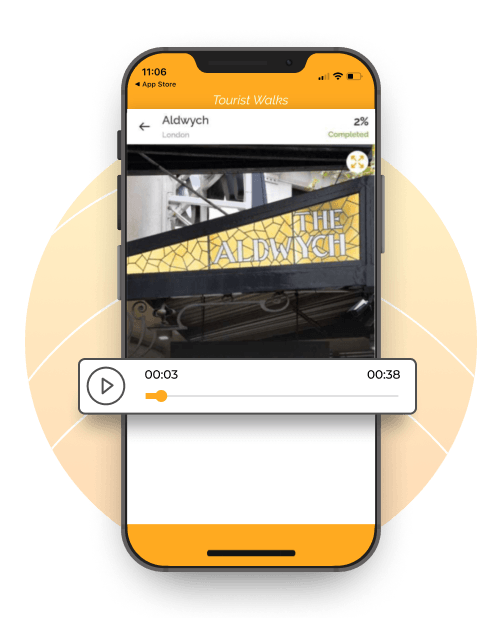
Start/Stop/Rewind
/Restart Go at Your Own Pace
Tourist Walks’ audios are narrated by professionals who will keep you entertained while you are walking your way to the next destination. We help you discover the city around you in a more impressive way.
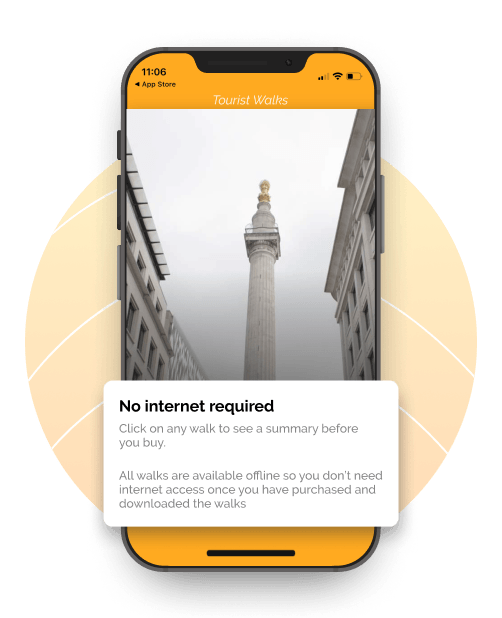
Download the Walk App & Use Offline. No Mobile Data Required.
It is always frustrating when you wish to travel somewhere but your mobile phone service is out-of-order. Don’t worry! Tourist Walks comes with an offline version of built-in maps you might need, even without internet access.
Self-Guided Jane Austen in Bath Walk
- Tour Name - Jane Austen in Bath
- Tour Location - Bath
- No. of Attractions - #9
- Tour Starting Point - Queen Square
- Tour Ending Point - Sydney Gardens
Attractions of the Jane Austen in Bath Walk
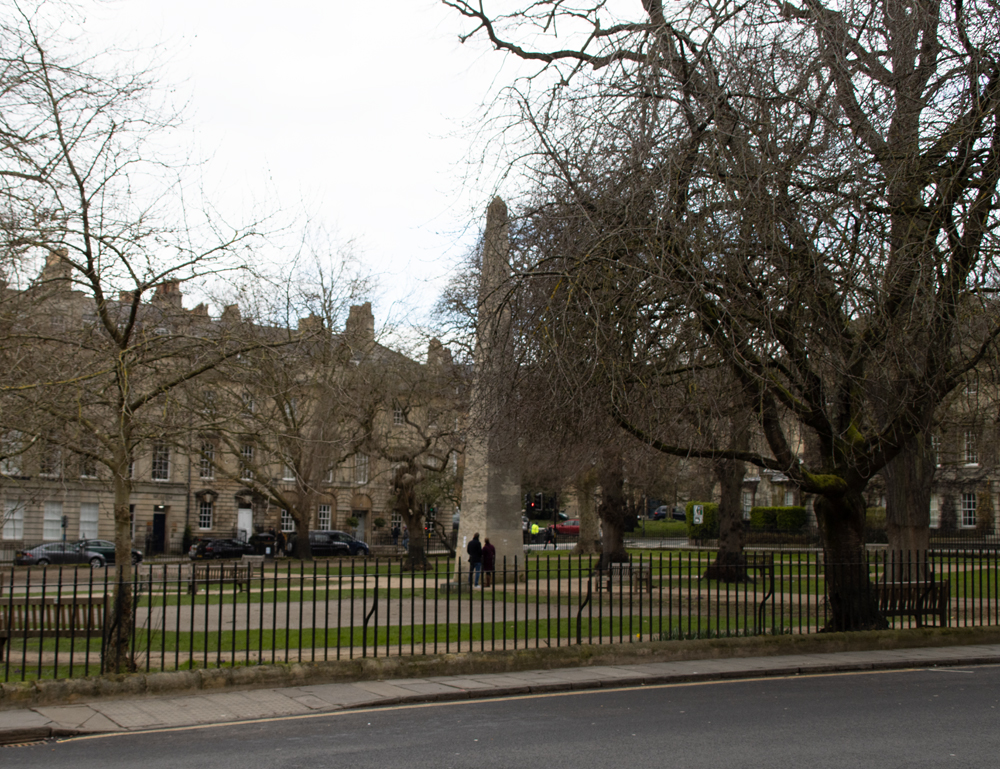
Queen Square
In 1799, the Austen family visited Bath so that Jane’s brother, Edward, could go to the healing baths. During this visit, the Austens stayed at No. 13 Queen Square. Jane wrote to her sister Cassandra that they were “exceedingly pleased with the house; the rooms are quite as large as we expected.” However, In Jane Austens novel “Persuasion”, Louisa Musgrove said, “I hope we shall be in Bath in the winter; but remember, papa, if we do go, we must be in a good situation: none of your Queen Squares for us!” This quote shows that Queen Square was fashionable and new in the 1730s, but by the time “Persuasion” was published in 1817, Queen Square was not up to the latest and most fashionable standards. John Wood, the Elder, developed Queen Square. It was named for Queen Caroline and intended to appear like a palace with wings. Find out more on our tour.
The Jane Austen Centre
The Jane Austen Centre aims to share the wonders of Austen’s Georgian-era Bath with the world. The Centre has actors in Regency costumes designed to give an immersive experience for the whole family. You can also learn about Bath’s history, especially about Regency-era life and customs. There is a carefully crafted, waxwork, statue of Jane. The waxwork often surprises visitors as it stands at 5’8″, quite tall for a Georgian lady. Forensic artists spent over three years creating the sculpture. There is only one likeness of Jane Austen; a portrait drawn by her sister, Cassandra. However, other family members criticized the portrait and felt it did not capture the true Jane Austen. See for yourself whether or not the sculpture matches your expectations.
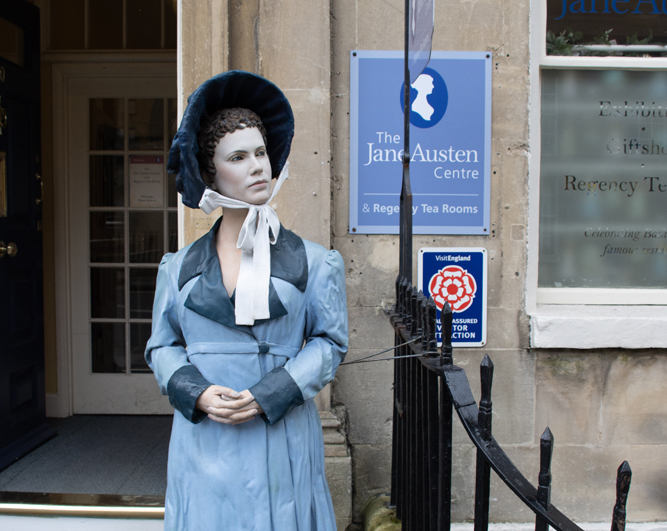
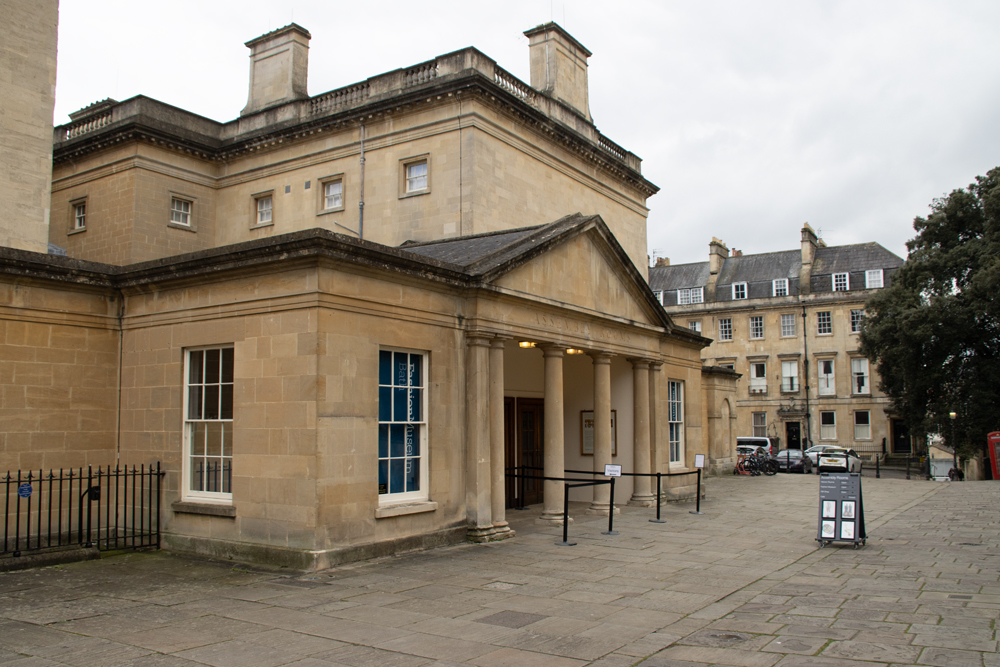
The Assembly Rooms
The “Assembly Rooms” are the social centres of Georgian period England. The main activites were attending evening balls, dancing, watching, and gossiping. Men would also play cards here. There were originally two sets of Assembly Rooms: the Lower Rooms and the Upper Rooms. The Lower Rooms were built in 1708 and were located in the older part of the city. The Upper Rooms were built here, in a more fashionable part of town, near “The Circus” and the “Royal Crescent”, hence the “upper” description. The lower rooms burned down in 1820, and were not rebuilt. This facility was definitely visited by both Jane Austen, and Charles Dickens, as well as various members of the nobility. In Janes novel “Persausion”, Anne Elliot hopes to visit the Assembly Rooms and meet Captain Wentworth. But her father felt that this place was not fashionable enough for the Elliots. Find out more on our tour.
The Paragon
“The Paragon” is the name of this entire street of Georgian townhouses, designed by Thomas Warr Attwood. The street itself is either Roman, or medieval. This area was a Roman residential area in the first, second, and third centuries. Jane Austen stayed at No. 1 “The Paragon” twice; as it was the home of her aunt. The first time was just to visit, and the second time she used the home as a base for finding her own residence.
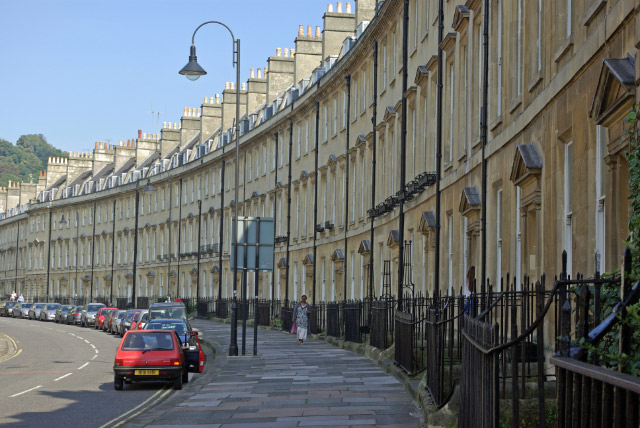
Book Your Georgian Skyline Walk Today!


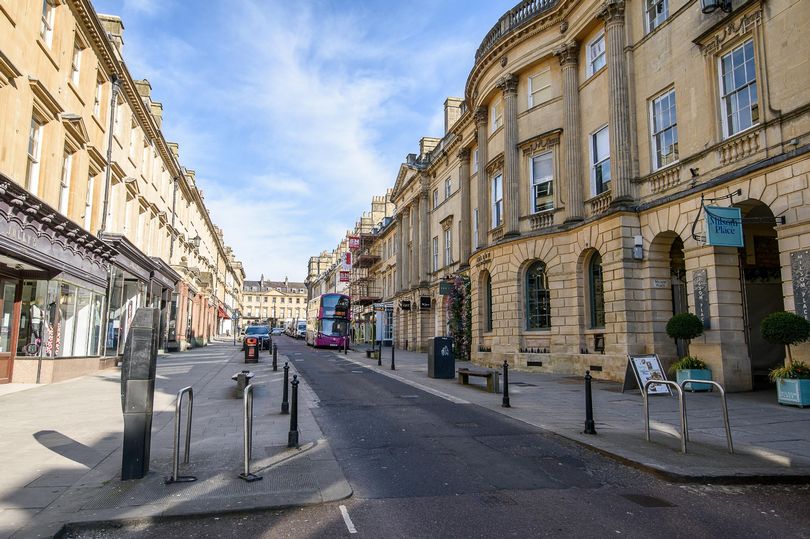
Milsom Street
Milsom Street was built in 1762. Designed initially as houses, they were later converted into shops. Milsom Street was probably the most popular shopping street in Bath during Jane Austen’s time. She was sure to have visited it many times, strolling Milsom Street and admiring bonnets, ribbons, and muslins. She wrote letters to her sister Cassandra, detailing the latest fashions seen along Milsom Street. Characters in her books not only shopped here but experienced chance meetings. In “Northanger Abbey”, Isabella Thorpe remarked to Catherine Morland, “I just saw the prettiest hat in a shop window in Milsom Street”. Northanger Abbey’s character, General Tilney, lived on Milsom Street. Also, in “Persuasion”, Anne Elliot comes across Admiral Croft on Milsom Street. Find out more on our tour.
The Grand Pump Room
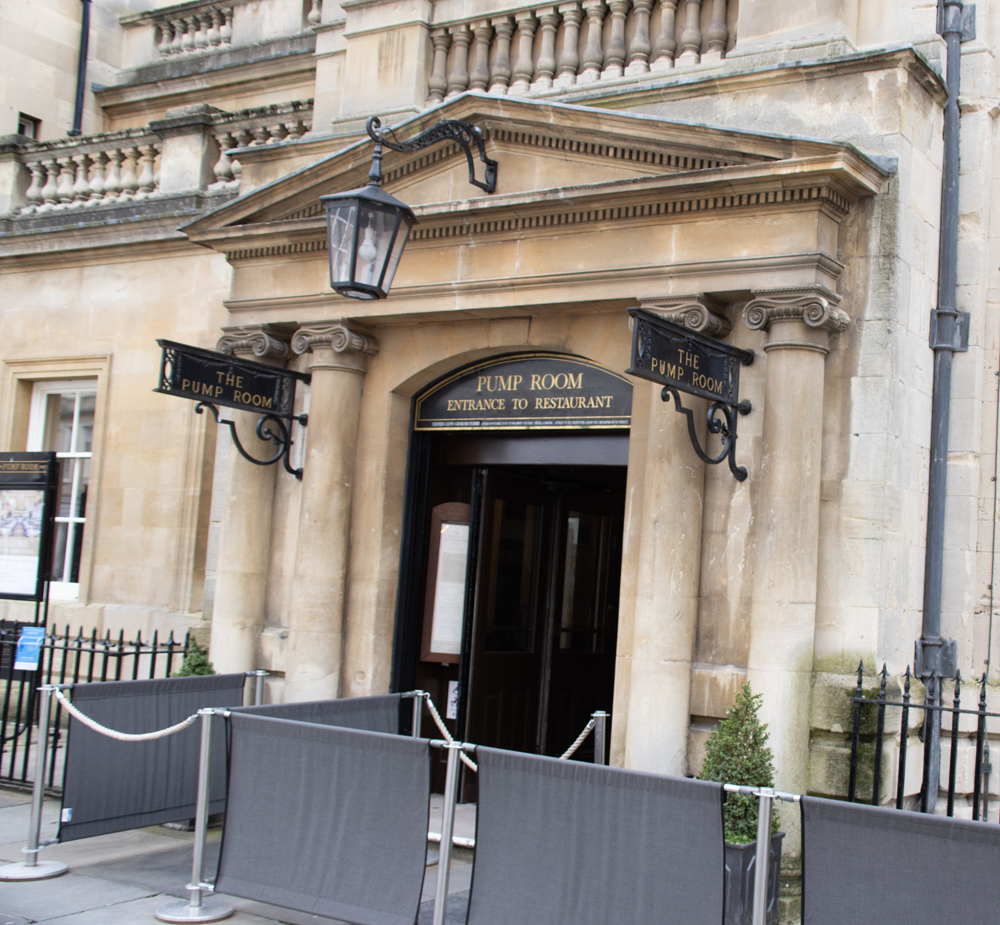
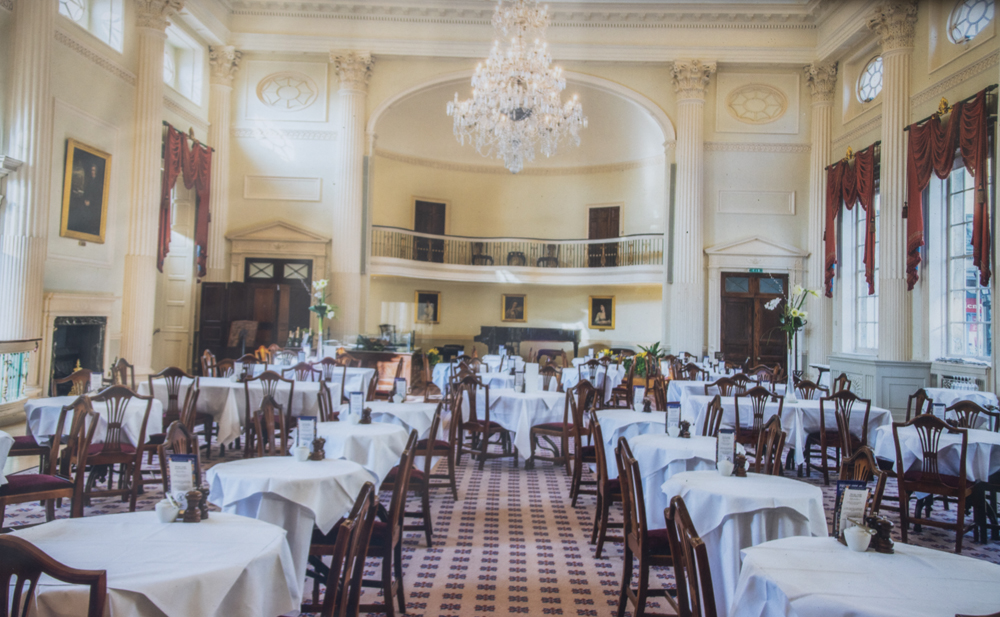
– The “Grand Pump Room”, as you might expect, was where water was pumped into the room from the adjacent hot springs. It has been an intricate part of the Bath social scene since it opened, in 1705. It was built at the request of “Beau Nash”, the Master of Ceremonies. The first builder, Thomas Baldwin, was fired for financial mismanagement. It was eventually completed by John Palmer, one of the main builders of the “Georgian” Bath. The building was finally opened in 1795. It appears in books by Jane Austen who wrote, “every creature in Bath was to be seen in the room at different periods of the fashionable hours”. In “Northanger Abbey”, it is here that Catherine Morland makes her first forays into Bath society. In one passage of the novel, Catherine Morland found the crowd in the Pump Room not to her liking. In another part of the book, she eagerly checks for Henry Tilney’s name in the visitor’s book, and was disappointed not to find it. Find out more on our tour.
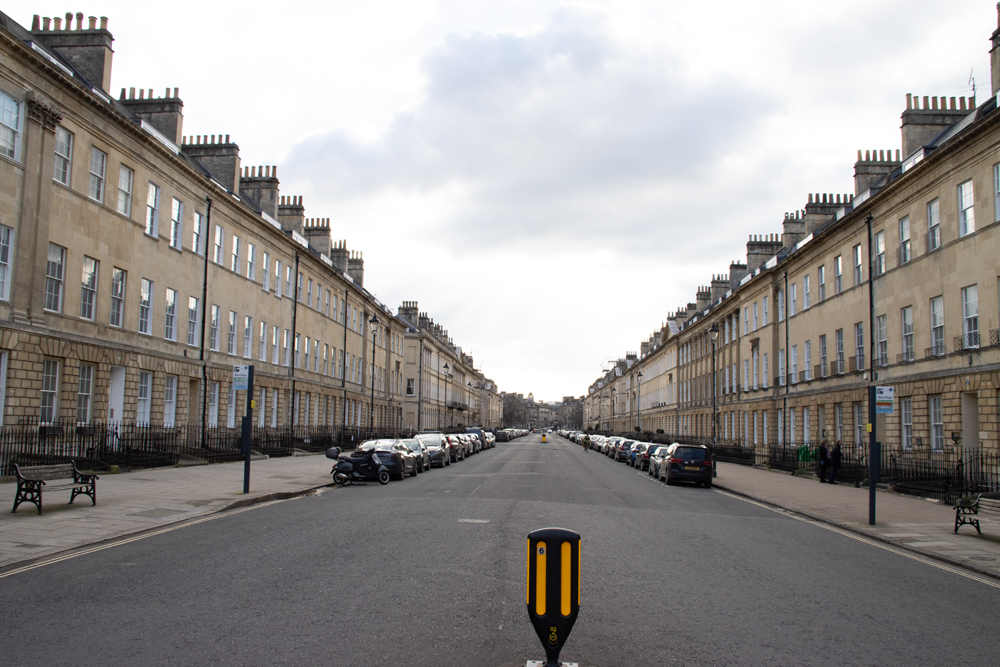
Great Pulteney Street
Great Pulteney Street is one of the grandest streets in Bath. It is over 300 metres long, and it is the widest street in Bath at over 30 metres. Whilst the houses in the street look very uniform in design, in fact, it is only the facades that are uniform in appearance. The owners who bought the plots of land along this street, built the houses behind them to their own tastes and needs. Some were designed as private houses, others as hotels. William Wilberforce, the famous anti-slavery campaigner, once lived on this street. When it was first built, the street was lined with trees, which in autumn caused some problems with leaf litter. When asked to solve this problem the town council, unfortunately, opted to simply cut most of the trees down. Great Pulteney Street was meant to form the centre of a much larger geometrical layout of grand streets and squares. Find out more on our tour.
Jane Austens Apartment
This Georgian home was built in 1794, and was once the home of the famed English novelist, Jane Austen, from 1801 to 1805. Here, you will find a commemorative plaque “Here lived Jane Austen, 1801-1805”. Austen worked on the unfinished novel “The Watsons” inside this home. She abandoned the novel after her father’s death in 1805. Her former home can actually be rented by the night, on “Air BNB”. So, if you want to live where she lived, now you can. Jane Austen was born in Steventon, in Hampshire, in 1775, and she died in 1817 in Winchester. Jane and her family, moved here in 1800, when her father retired from being a rector in the Anglican church. Jane was shocked to be moving from the only home she had ever known, to a bustling city like Bath, and she actually did very little writing here. It was here she also received her, one and only, proposal of marriage, which she declined. Find out more on our tour.
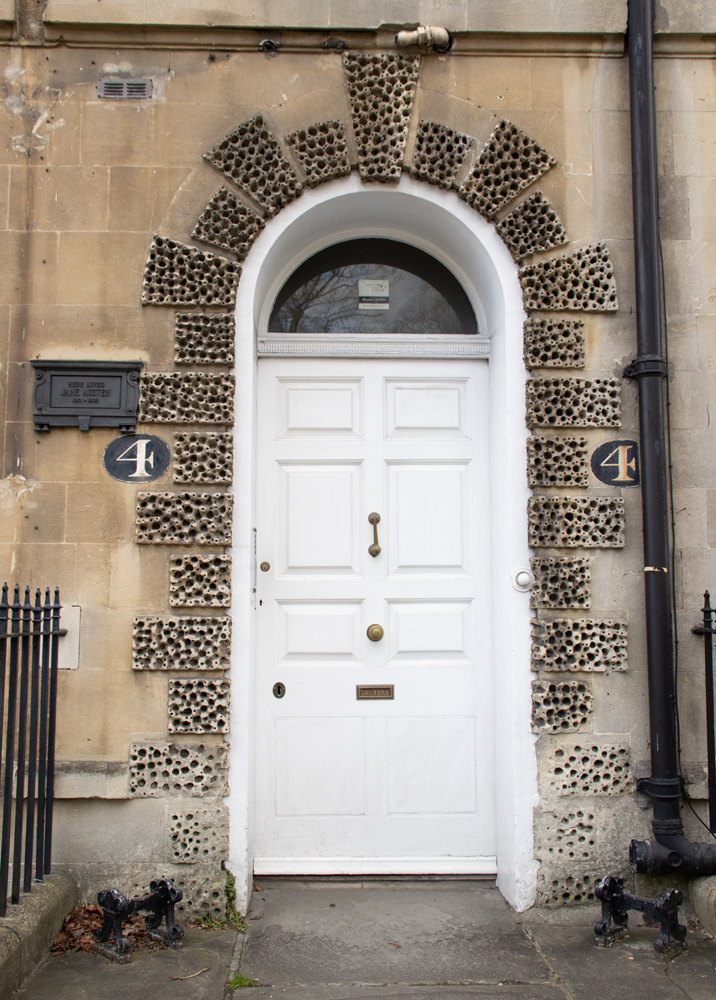
Book Your Georgian Skyline Walk Today!


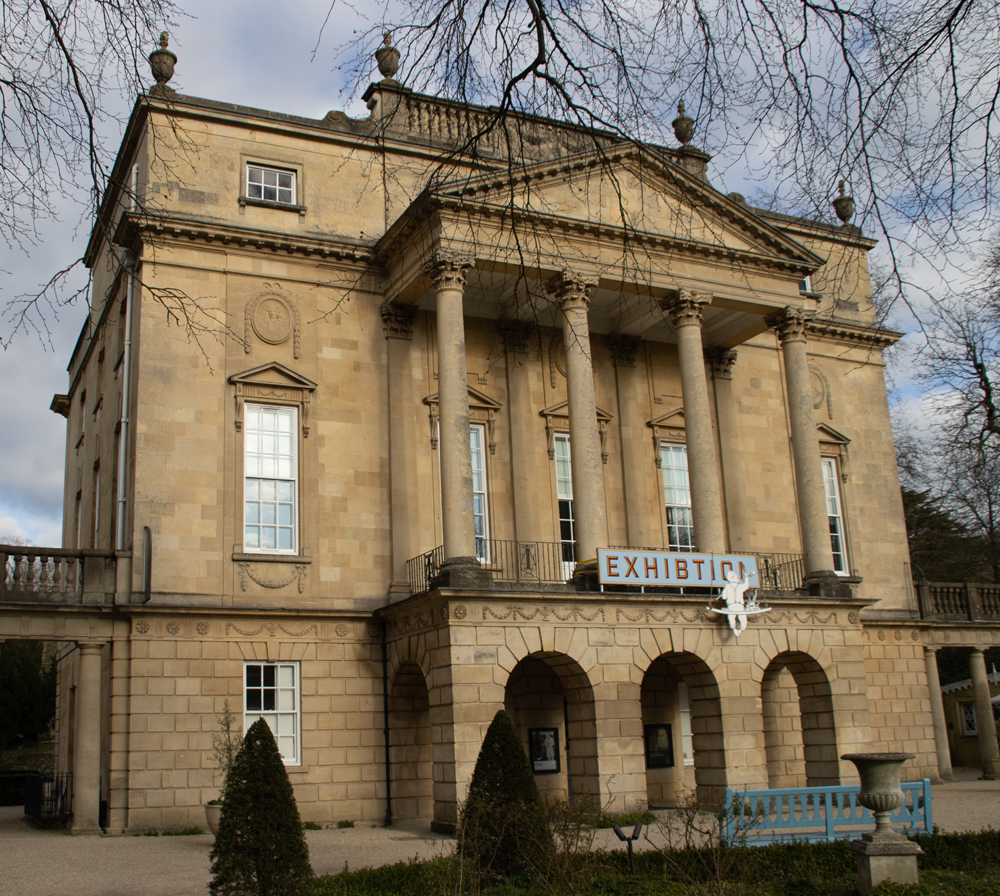
Sydney Gardens / Holborne Museum
The Holborne Museum in Jane Austens time was the entrance to Sydney Gardens. Sydney Gardens are the only remaining eighteenth century “pleasure” gardens in the country. They are Grade 2 listed, in the Register of Historic Parks and Gardens. The gardens were originally laid out between 1790 and 1800, so will have been visited often by Jane Austen. She will have attended many promenades and public breakfasts. She was used to the countryside, and felt overwhelmed by city life, and needed a natural space to retreat to. Here, she could have refreshed her spirit, enjoyed the flower gardens, attended breakfasts, picnics, and outdoor concerts. In a letter, Jane wrote that the fireworks in Sydney Gardens, “were really beautiful and surpassing my expectation; the illuminations too were very pretty…”. The gardens once included a maze, a grotto, a sham castle, and an artificial rural scene, with moving figures, powered by a clockwork mechanism. Find out more on our tour.
London Pub Walks Video Gallery
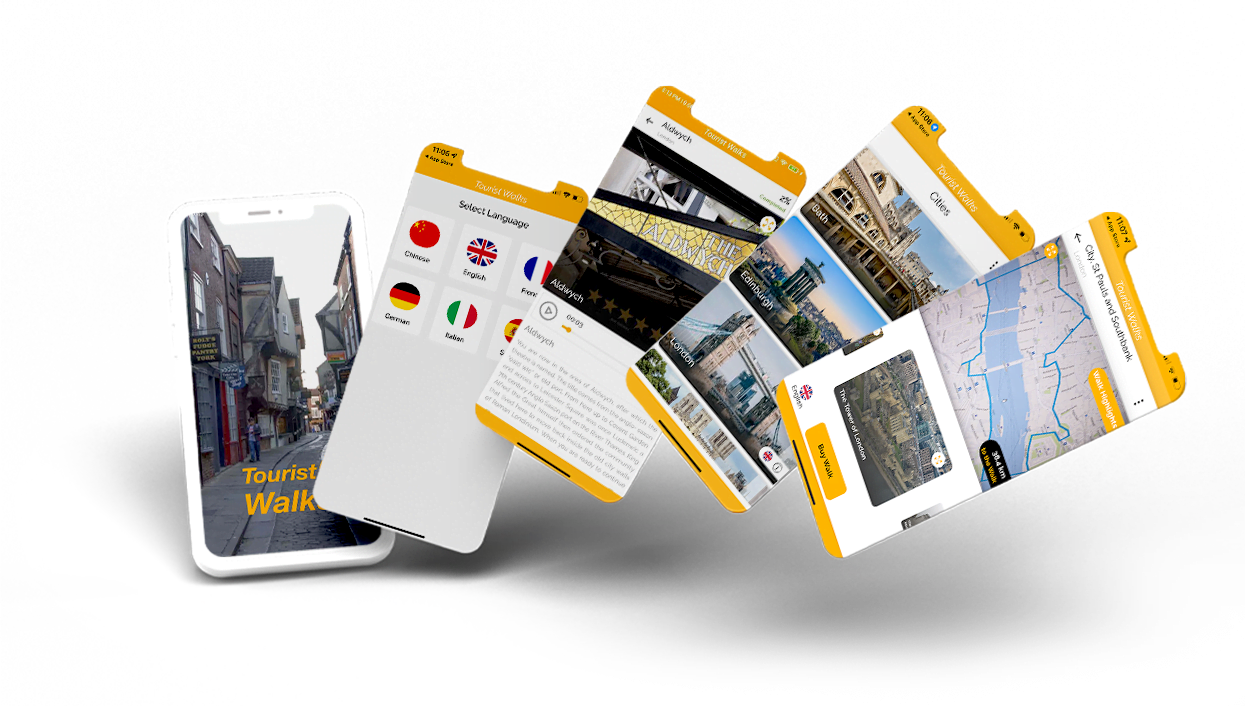
SELF GUIDED WALKS
Do you wish to explore all the beautiful tourist spots? Download our application and discover the hidden beauty and mystery of your destination. Explore today!


Frequently Asked Questions
No. After the walks have been downloaded, for which you need an internet connection, no mobile data is required to do the walks.
No you can pause and resume at any point within the walk. Whether you need a coffee or a comfort break the walks are entirely flexible.
Yes you will receive both verbal guidance and a GPS enabled map to take you around each of the points of interest on the walks.
No the walks are circular so you will receive multiple options of where to start each walk.
Yes there are providing you buy them as a bundle, not one at a time. You can even buy all the walks in one package at a very generous price.
For each point of interest you will get information both verbally and in text and sometimes video form together with helpful images to get the most from each one.
You can pay by all manner of credit and debit cards as well as Paypal.
In the walk summary we point out if the walk is suitable for wheelchairs and pets, and there is also an indication of the distance of the walk, and how long it will take.
Yes we would love to hear from you through our website: www.touristwalks.co.uk
Happy Tourists

I absolutely enjoyed using the Tourist Walk app! The guided walking tours are very informative and interesting. I was able to find the tour I wanted quickly and easily, and the app was very easy to navigate. The walking tour itself was a lot of fun, and I learned a lot about the city. Overall, I would highly recommend this.

Carla Mathew
Tourist Walk is an excellent walking guide app. It is extremely user-friendly and provides great information on the various tours available. I would highly recommend this app to anyone visiting a new city!

Shaun Miles
Tourist Walk is an amazing app that provides guided tours of various cities. The app is extremely user-friendly and easy to navigate. I was able to find the tour I was looking for quickly and easily. The tour itself was very informative and interesting. I would highly recommend this app to anyone visiting a new city!

